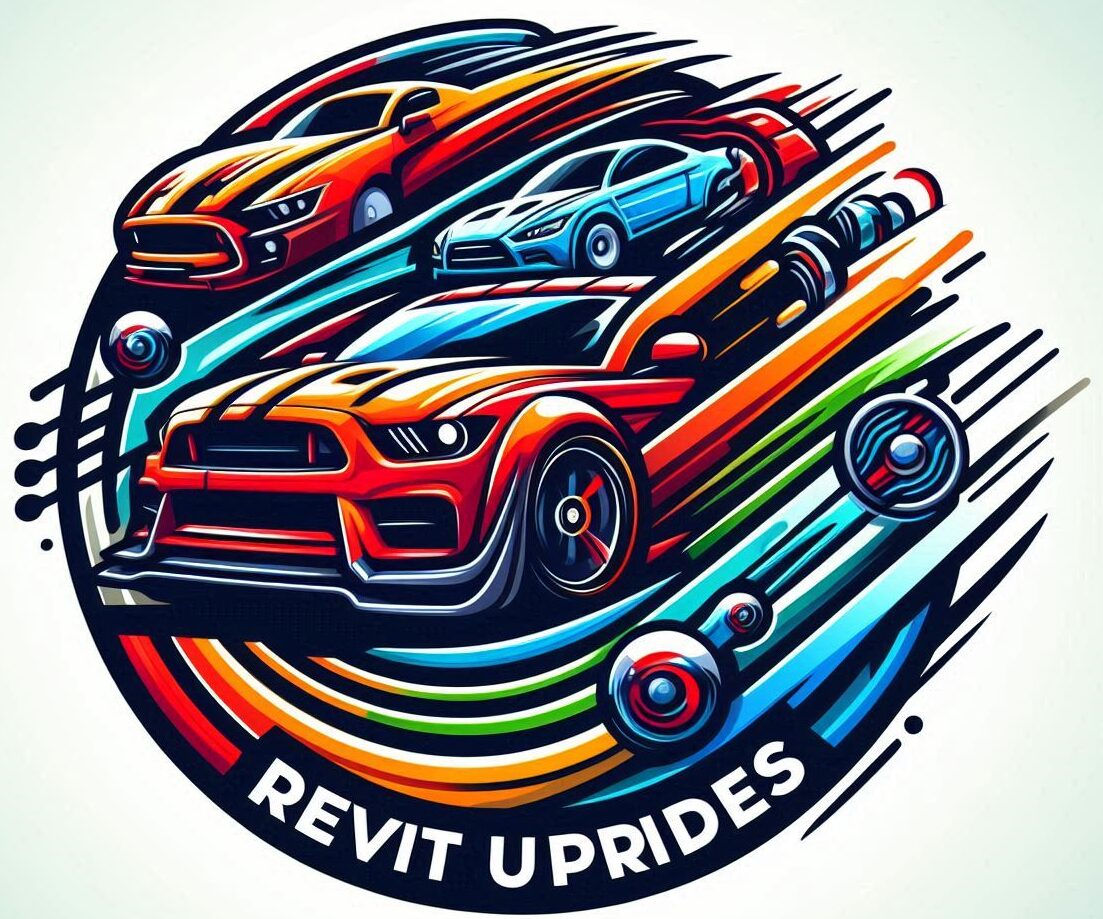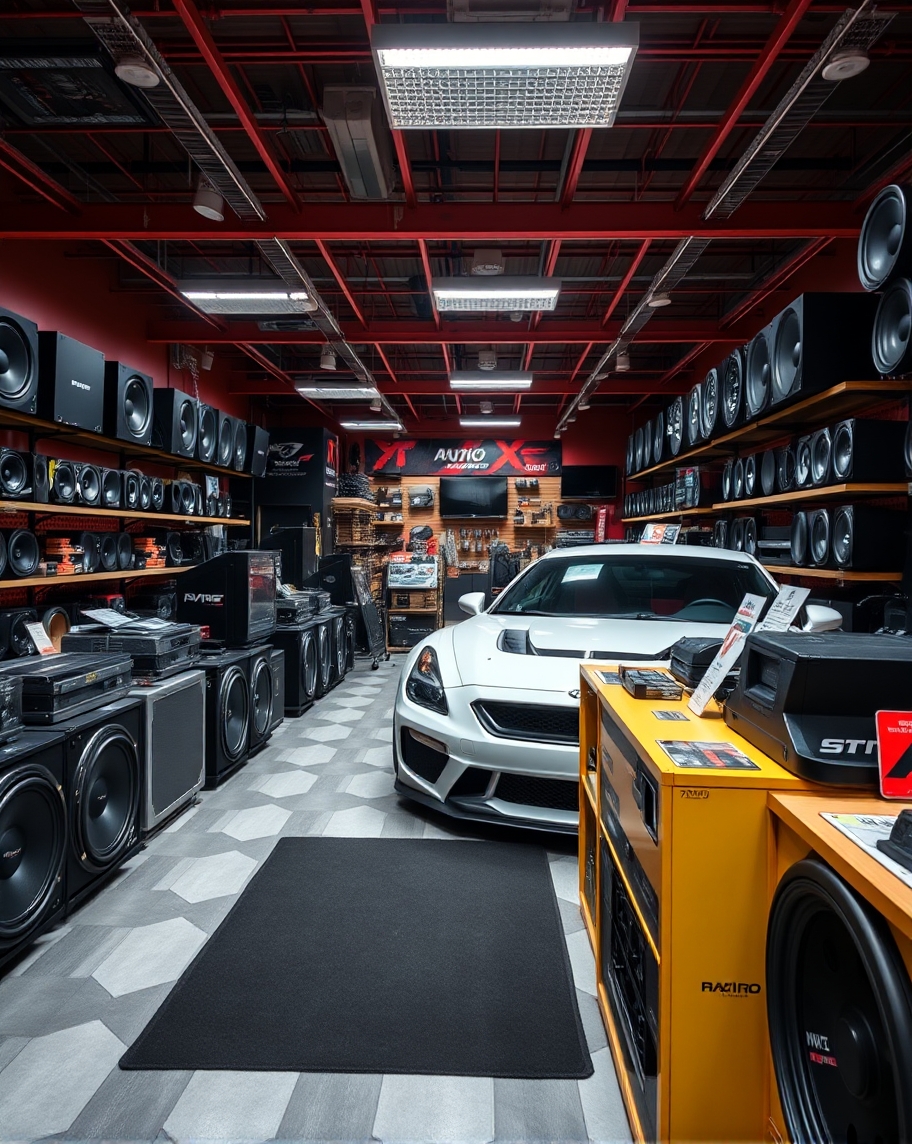Dashcams have gone from a nice-to-have gadget to a must-have for many drivers. With the rise in traffic accidents and the need for evidence in case of disputes, having a record of what happens on the road has never been more crucial.
You’ve got different types of dashcams to choose from: single lens, dual lens, and even 4K models. Single lens cams cover just the front view. Dual lens systems capture both front and rear views. And if clarity’s your thing, those 4K options will blow your mind with their high-resolution footage.
Installing a dashcam isn’t just about recording cool road trips. They offer real benefits. Think of insurance claims made easier with video proof, or how they can deter dishonest drivers and prevent fraud. Even some insurers offer discounts if you’ve got one installed!
Legal stuff too: It’s essential to understand the privacy laws in your area. Some places have strict rules about recording audio and video in public spaces. You don’t wanna end up on the wrong side of the law just because you missed some fine print. Being aware of these can save you a headache or two.
Top Dashcam Models Reviewed
Picking the right dashcam can feel overwhelming with all the options out there. I’ve got you covered with in-depth reviews so you can make an informed choice.
When checking out dashcams, key features like resolution, ease of use, and extra goodies like GPS and night vision should be on your radar. High-resolution cameras give clear footage, crucial in identifying details during incidents. Don’t forget ease of use—a complicated device will just gather dust.
Need something on a budget? Budget-friendly models like Brand A offer decent features without breaking the bank. For those willing to spend a bit more, mid-range options like Brand B balance cost with advanced features, making them a solid choice. And if you’re going all out, premium models like Brand C provide top-notch performance and features that are a tech lover’s dream.
Dive into specifics; Brand A might have good resolution but lack certain features. Brand B often strikes a good balance and might include features like GPS or parking mode. Premium models like Brand C often excel in extra features and overall build quality, ensuring you get what you pay for.
Let’s break down a few popular models. Brand A is a rock-solid budget-friendly option that covers the basics. Brand B offers more advanced features like dual-lens recording and GPS, making it a great mid-range pick. Brand C is the premium choice, delivering top-tier video quality, parking surveillance, and even smart features like voice control.
Comparing night vision is essential. Some budget models struggle in low light, while high-end options will handle night driving with ease. GPS is another feature that adds real-time tracking and speed monitoring, making it invaluable for long drives or monitoring teen drivers.
Remember, the best dashcam for you isn’t necessarily the most expensive one. Evaluate what features matter most to you and match them to your budget.
How to Choose the Right Dashcam for You
Figure out what you need from the start. If you’re mainly driving around the city, a basic model might do the trick. Long-distance drivers might want extra features like GPS and parking mode, which can make a huge difference on those interstate trips.
Key features to think about include resolution, field of view, night vision, and storage capacity. Higher resolution gives you clearer videos, essential for reading license plates. A wide field of view captures more of the road, while night vision ensures good video quality even in low light. Storage capacity matters if you’re recording long trips or don’t want to frequently delete old footage.
Listen to what other users are saying. Real-world reviews often highlight issues you won’t find in product descriptions. Look for feedback on things like reliability, ease of use, and overall performance. Knowing what others have experienced, you can make a more informed decision.
Installing your dashcam correctly is half the battle. Position it high on the windshield, behind the rearview mirror, where it won’t obstruct your view. Make sure the wiring is tidy and doesn’t interfere with driving. Professional installation can be a good idea if you’re not comfortable doing it yourself.
Maintenance tips are crucial. Regularly check the lens for dirt and smudges, clear old footage to keep storage free, and update the firmware to improve performance and security. Taking care of your dashcam ensures it will serve you well when you need it most.

